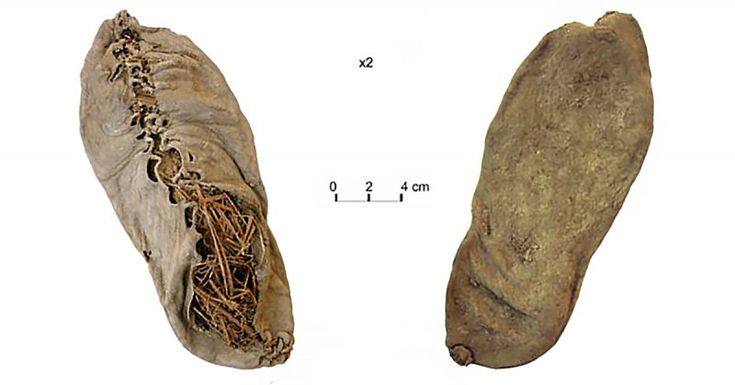In 2008, archaeologists made a groundbreaking discovery in Areni Cave, Armenia—an astonishing 5,500-year-old leather shoe, believed to be one of the oldest ever found. This remarkable artifact offers a unique glimpse into the past, providing valuable information about ancient craftsmanship, daily life, and the environmental conditions that preserved it so perfectly.
The Discovery and Preservation
The leather shoe, dating back to the Chalcolithic (Copper Age), was found in a near-perfect state of preservation. What makes this discovery so extraordinary is the combination of environmental factors that contributed to its survival over the millennia. The cool, dry climate of the cave played a crucial role, but perhaps even more important was the protective seal provided by a thick layer of sheep dung, which kept the shoe hidden and shielded from external elements. This anaerobic environment slowed down the decay of organic materials, allowing the shoe to remain intact.

Such preservation of leather over thousands of years is extremely rare, as organic materials typically deteriorate quickly when exposed to oxygen and moisture. The discovery is a testament to both natural preservation and the ingenuity of the ancient people who crafted the shoe.
A Glimpse into Ancient Daily Life
Alongside the shoe, archaeologists found large storage containers in the cave that held a variety of well-preserved grains like wheat and barley, as well as apricots and other edible plants. These discoveries suggest that the cave was more than just a place of storage—it may have been a central hub for daily activities, food preservation, and agricultural practices in the region.

The shoe itself is a simple yet well-crafted piece of footwear, likely made for practical use. It demonstrates the resourcefulness of early civilizations in Armenia, highlighting their ability to create durable items for everyday life. The discovery offers a rare glimpse into what daily life might have been like for people living in the region over five millennia ago, shedding light on their diet, economy, and technological advancements.
Cultural Significance and Legacy
Today, the 5,500-year-old shoe is proudly displayed at the History Museum of Armenia, where it stands as a powerful symbol of ancient craftsmanship and cultural heritage. The preservation of this artifact allows us to appreciate the skill and effort that went into creating functional items like footwear, even in ancient times.

This discovery not only enriches our understanding of ancient Armenia but also serves as a reminder of how natural environments can play a pivotal role in preserving history. It highlights the importance of continued archaeological research, as such rare finds help us connect with our shared past and offer insights into the daily lives of early civilizations.
Conclusion
The 5,500-year-old leather shoe from Areni Cave is more than just an ancient artifact—it is a tangible connection to a world long gone. Its remarkable state of preservation, combined with the insights gained from the surrounding discoveries, provides a rich narrative about the people who lived during this period. As we continue to study this extraordinary find, it serves as a symbol of human ingenuity and the power of nature to preserve our history for future generations.

